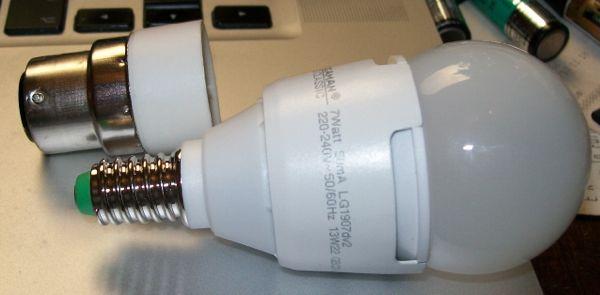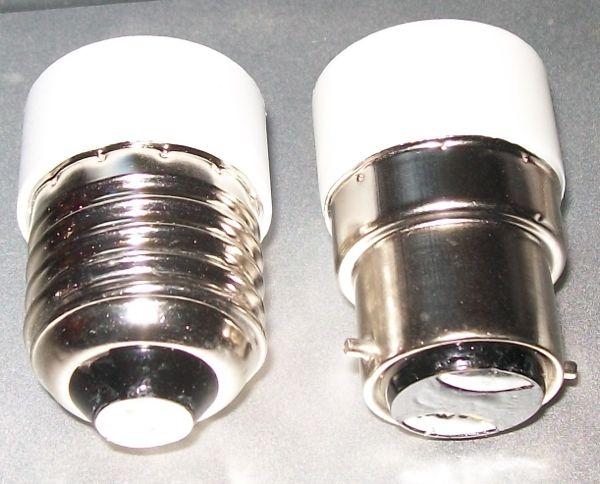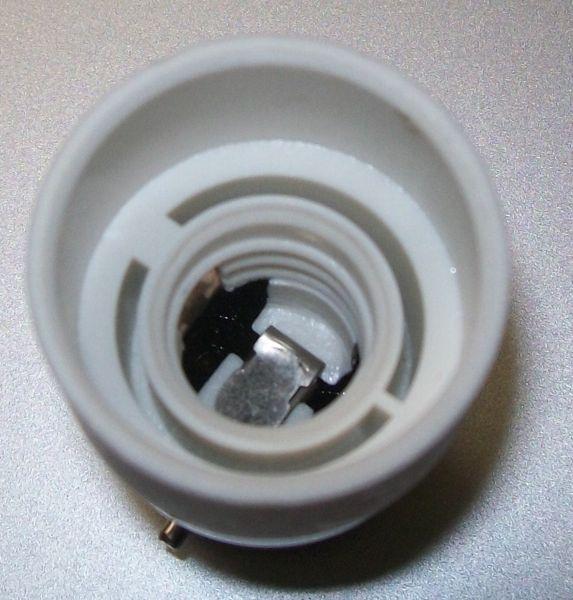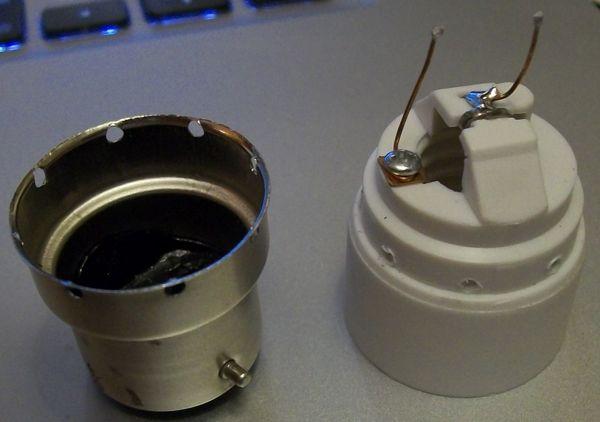I bought a couple of LED lamps (SES or E14 threads) to try out in some fittings. As it happened, they weren't aesthetically suitable so I bought a couple of adapters so I could try them in other locations.
One of the adapters (to E27 or ES) is fine. The other is ... to put it mildly, not fine.
The adapter in question is this BC to SES one. Anyone want to hazard a guess as to why I think it's dangerous ?
One of the adapters (to E27 or ES) is fine. The other is ... to put it mildly, not fine.
The adapter in question is this BC to SES one. Anyone want to hazard a guess as to why I think it's dangerous ?
Links in this post may contain affiliate links for which DIYnot may be compensated.








